英国沃里克大学(Warwick University)的科学家们发现了一种在纳米层面改变半导体结构的方法,它可以将几种材料的电池效率提高到理论极限之外。
科学家们将这一发现称为“柔性光伏效应”,它可以通过改变半导体材料的单个晶体,将更多的能量从太阳能电池中释放出来,从而使它们呈现出光伏效应。
在某些类型的半导体中,有围绕中心点的不完美对称现象,它能产生比材料带隙更大的电压,使材料的转化效率非常低。但沃里克大学物理系的科学家们发现了一种使材料翻倍有效的方法,并改变了它们的结构,使它们呈现出光伏效应。
研究人员研究了钛酸锶、二氧化钛和硅晶体,发现这三种晶体都会变形,都会呈现光伏效应。
扩大可从光伏效应中获益的材料范围有几个优点:不需要形成任何类型的纽结;任何具有更好光吸收的半导体都可被选用于太阳能电池,最后是可以克服电力转换效率的热力学极限,即所谓的Shockley Queisser 极限。
This content is protected by copyright and may not be reused. If you want to cooperate with us and would like to reuse some of our content, please contact: editors@pv-magazine.com.
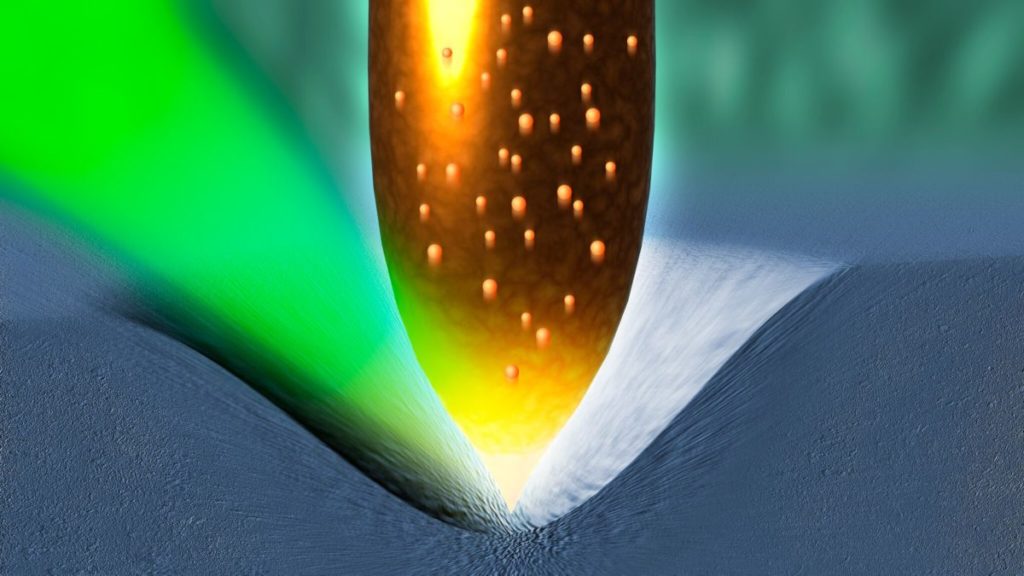



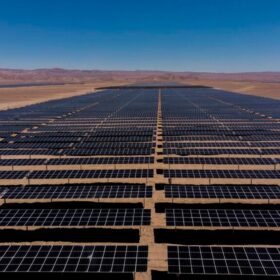
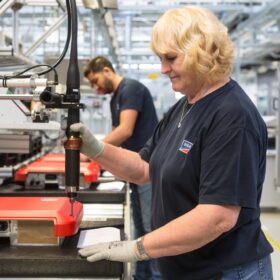
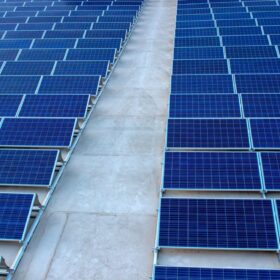
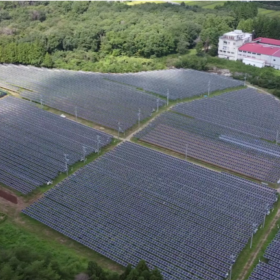
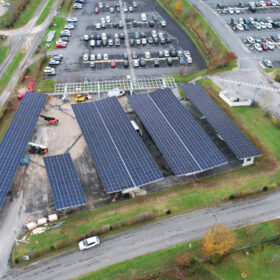
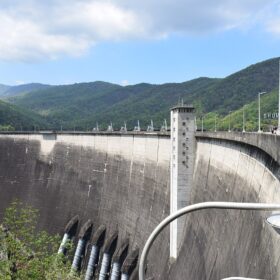
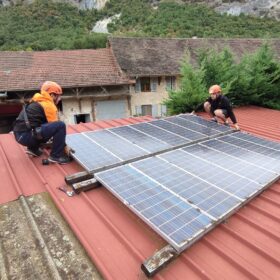
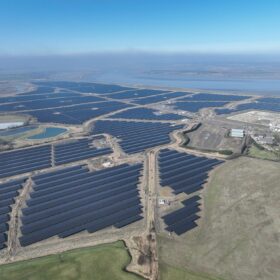


By submitting this form you agree to pv magazine using your data for the purposes of publishing your comment.
Your personal data will only be disclosed or otherwise transmitted to third parties for the purposes of spam filtering or if this is necessary for technical maintenance of the website. Any other transfer to third parties will not take place unless this is justified on the basis of applicable data protection regulations or if pv magazine is legally obliged to do so.
You may revoke this consent at any time with effect for the future, in which case your personal data will be deleted immediately. Otherwise, your data will be deleted if pv magazine has processed your request or the purpose of data storage is fulfilled.
Further information on data privacy can be found in our Data Protection Policy.